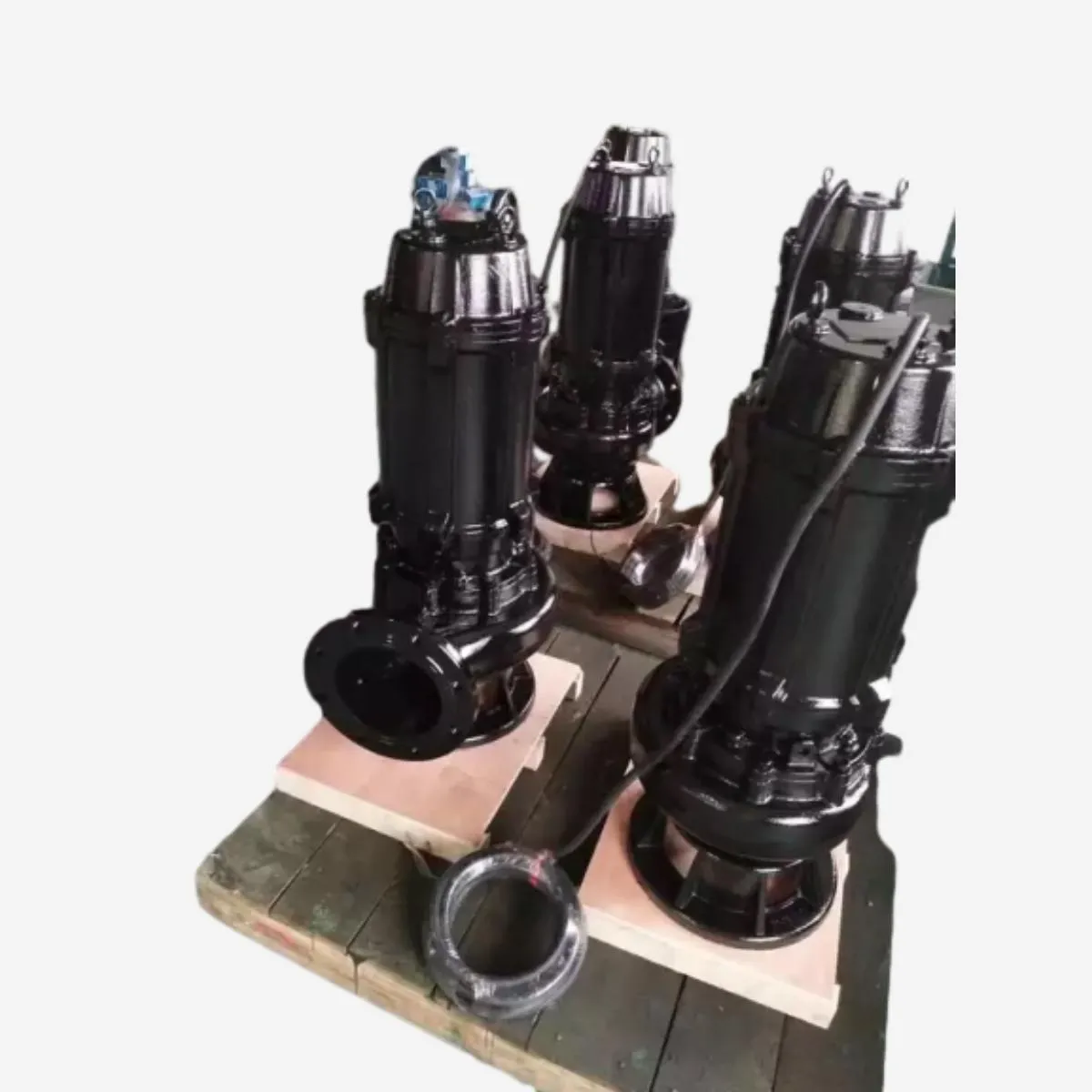Turkmen
- Afrikaans
- Albanian
- Amharic
- Arabic
- Armenian
- Azerbaijani
- Basque
- Belarusian
- Bengali
- Bosnian
- Bulgarian
- Catalan
- Cebuano
- Corsican
- Croatian
- Czech
- Danish
- Dutch
- English
- Esperanto
- Estonian
- Finnish
- French
- Frisian
- Galician
- Georgian
- German
- Greek
- Gujarati
- Haitian Creole
- hausa
- hawaiian
- Hebrew
- Hindi
- Miao
- Hungarian
- Icelandic
- igbo
- Indonesian
- irish
- Italian
- Japanese
- Javanese
- Kannada
- kazakh
- Khmer
- Rwandese
- Korean
- Kurdish
- Kyrgyz
- Lao
- Latin
- Latvian
- Lithuanian
- Luxembourgish
- Macedonian
- Malgashi
- Malay
- Malayalam
- Maltese
- Maori
- Marathi
- Mongolian
- Myanmar
- Nepali
- Norwegian
- Norwegian
- Occitan
- Pashto
- Persian
- Polish
- Portuguese
- Punjabi
- Romanian
- Russian
- Samoan
- Scottish Gaelic
- Serbian
- Sesotho
- Shona
- Sindhi
- Sinhala
- Slovak
- Slovenian
- Somali
- Spanish
- Sundanese
- Swahili
- Swedish
- Tagalog
- Tajik
- Tamil
- Tatar
- Telugu
- Thai
- Turkish
- Turkmen
- Ukrainian
- Urdu
- Uighur
- Uzbek
- Vietnamese
- Welsh
- Bantu
- Yiddish
- Yoruba
- Zulu
Telephone: +86 13120555503
Email: frank@cypump.com
Aug . 11, 2024 11:34 Back to list
Essential Components and Features of Metal Slurry Pump Parts for Optimal Performance and Durability
Understanding Metal Slurry Pump Parts A Comprehensive Overview
Metal slurry pumps play a critical role in various industrial applications, particularly in the mining, mineral processing, and chemical sectors. These pumps are designed to handle abrasive and corrosive materials, making them essential tools for transporting slurries—mixtures of solids and liquids. The efficiency and longevity of a metal slurry pump depend significantly on its components. In this article, we will explore the essential parts of metal slurry pumps and their functions.
1. Casing The Backbone of the Pump
The casing is the outer shell of the pump that holds all the internal components together. Made from durable metal alloys, the casing protects against wear and corrosion from the slurry being pumped. Its design is crucial for maintaining the pump's structural integrity and ensuring efficient operation. A well-designed casing can withstand high pressures and prevent leakage, which is essential for maintaining operational safety and efficiency.
2. Impeller The Heart of the Pump
The impeller is perhaps the most critical component of a metal slurry pump. It is a rotating disc with blades that push the slurry through the pump. The impeller's design directly affects the pump's hydraulic efficiency and its ability to handle solids. High-quality impellers are typically made from high-chrome alloy or rubber to resist wear and tear from abrasive materials. The size and shape of the impeller are tailored to specific slurry characteristics, making it imperative to select the right one for the application.
3. Shaft The Central Axis
The shaft connects the impeller to the motor, transmitting rotational energy to the impeller. It is designed to handle torsional and bending stresses while maintaining alignment with minimal vibration. A robust shaft is vital for the pump's longevity, particularly in high-pressure environments. Most shafts are constructed from stainless steel or other corrosion-resistant materials to ensure durability.
metal slurry pump parts

4. Bearings Supporting Components
Bearings play a crucial role in supporting the shaft and allowing it to rotate smoothly. They reduce friction and wear, ensuring efficient operation. In metal slurry pumps, bearings must be exceptionally robust, as they often face heavy loads and abrasive conditions. Selecting the right type of bearing—such as rolling element bearings or sleeve bearings—depends on the specific operational requirements and slurry characteristics.
5. Seals Preventing Leakage
Seals are employed to prevent the slurry from leaking out of the pump and to protect the internal components from external contaminants. There are several types of seals used in metal slurry pumps, including mechanical seals and packing seals. Mechanical seals are increasingly preferred due to their reliability and effectiveness in high-pressure applications. Proper sealing is vital for maintaining pump efficiency and extending its lifespan.
6. Discharge and Suction Nozzles Directing Flow
The discharge and suction nozzles are the entry and exit points for the slurry. These components must be appropriately sized and shaped to minimize flow restrictions and pressure drops. A well-designed nozzle system ensures optimal flow rates and enhances the overall performance of the pump.
Conclusion
Understanding the various parts of a metal slurry pump is crucial for anyone involved in its operation or maintenance. Each component plays a vital role in ensuring that the pump functions efficiently, especially under harsh conditions typical of slurry applications. Regular maintenance and timely replacement of worn parts can significantly extend the lifespan of a metal slurry pump, ultimately leading to improved operational efficiency and reduced downtime. As industries continue to evolve, advancements in materials and design will further enhance the effectiveness of metal slurry pumps, ensuring they remain indispensable tools in the industrial sector.
-
Horizontal Split Case Pump with GPT-4 Turbo | High Efficiency
NewsAug.01,2025
-
ISG Series Pipeline Pump - Chi Yuan Pumps | High Efficiency, Durable Design
NewsAug.01,2025
-
Advanced Flue Gas Desulfurization Pump with GPT-4 Turbo | Durable & Efficient
NewsJul.31,2025
-
ISG Series Vertical Pipeline Pump - Chi Yuan Pumps | Advanced Hydraulic Design&Durable Construction
NewsJul.31,2025
-
ISG Series Vertical Pipeline Pump - Chi Yuan Pumps | Energy Efficient & Low Noise
NewsJul.31,2025
-
pipeline pump - Chi Yuan Pumps Co., LTD.|High Efficiency&Low Noise
NewsJul.31,2025










